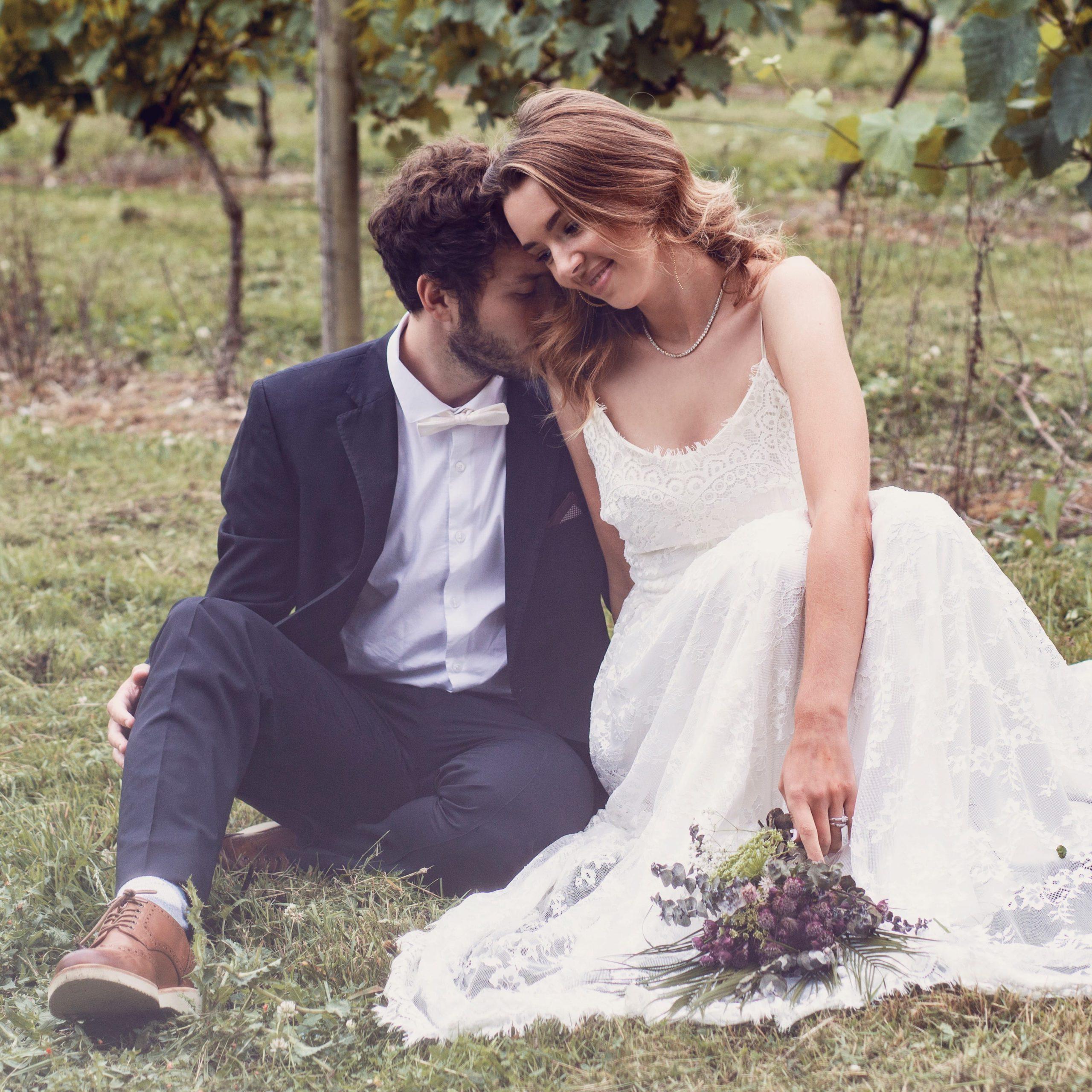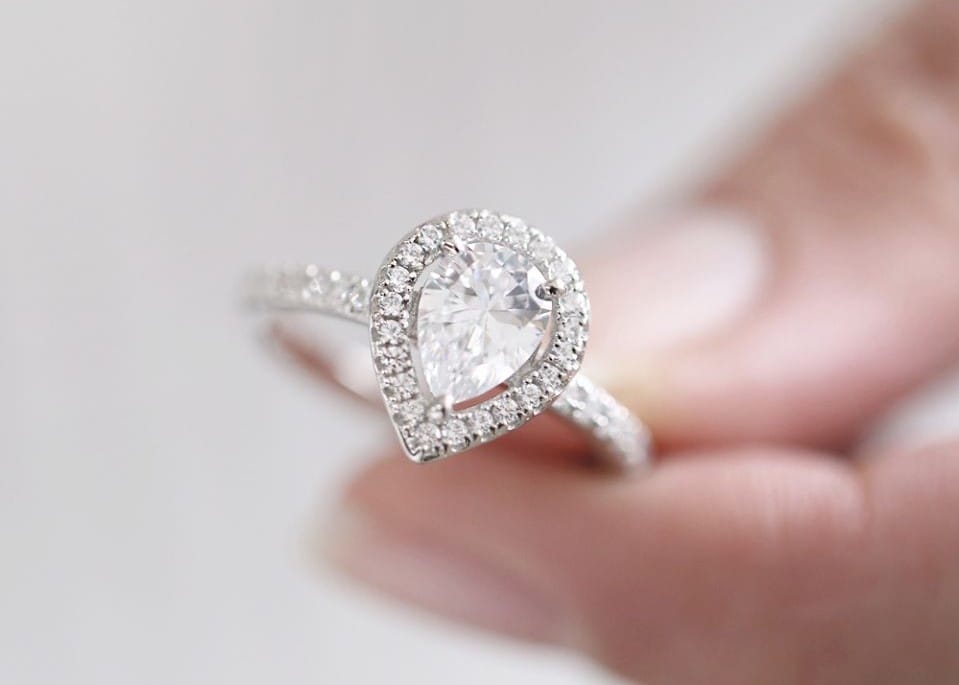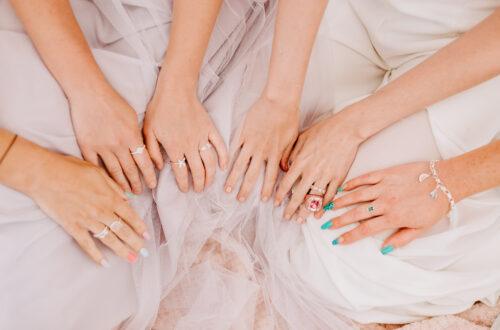As the rules surrounding weddings continue to change, there’s a lot of uncertainty in the air.
Many couples have decided to put their 2020 weddings on hold, in favour of waiting for a time when circumstances are less restrictive.
Others feel that they have already waited long enough. After all, if your wedding was planned for some time after March, it’s possible that it was already 1-2 years in the making at that point!
If you are one of the many couples who is keen to tie the knot this year, there are still a few ways that you can safely go about it. Read on to discover a few of the biggest COVID wedding trends of recent months, including micro, shift and sequel weddings!
As the UK guidance for weddings during COVID-19 is constantly changing, we recommend that you keep up-to-date with the government’s official advice at all times. Safety is paramount, especially on your big day!
Micro Weddings
Even prior to the coronavirus pandemic, micro weddings were set to be a huge trend for 2020. You can read more about this in our post on all of the key 2020 wedding trends, but we’ll go over the basics again for you now!
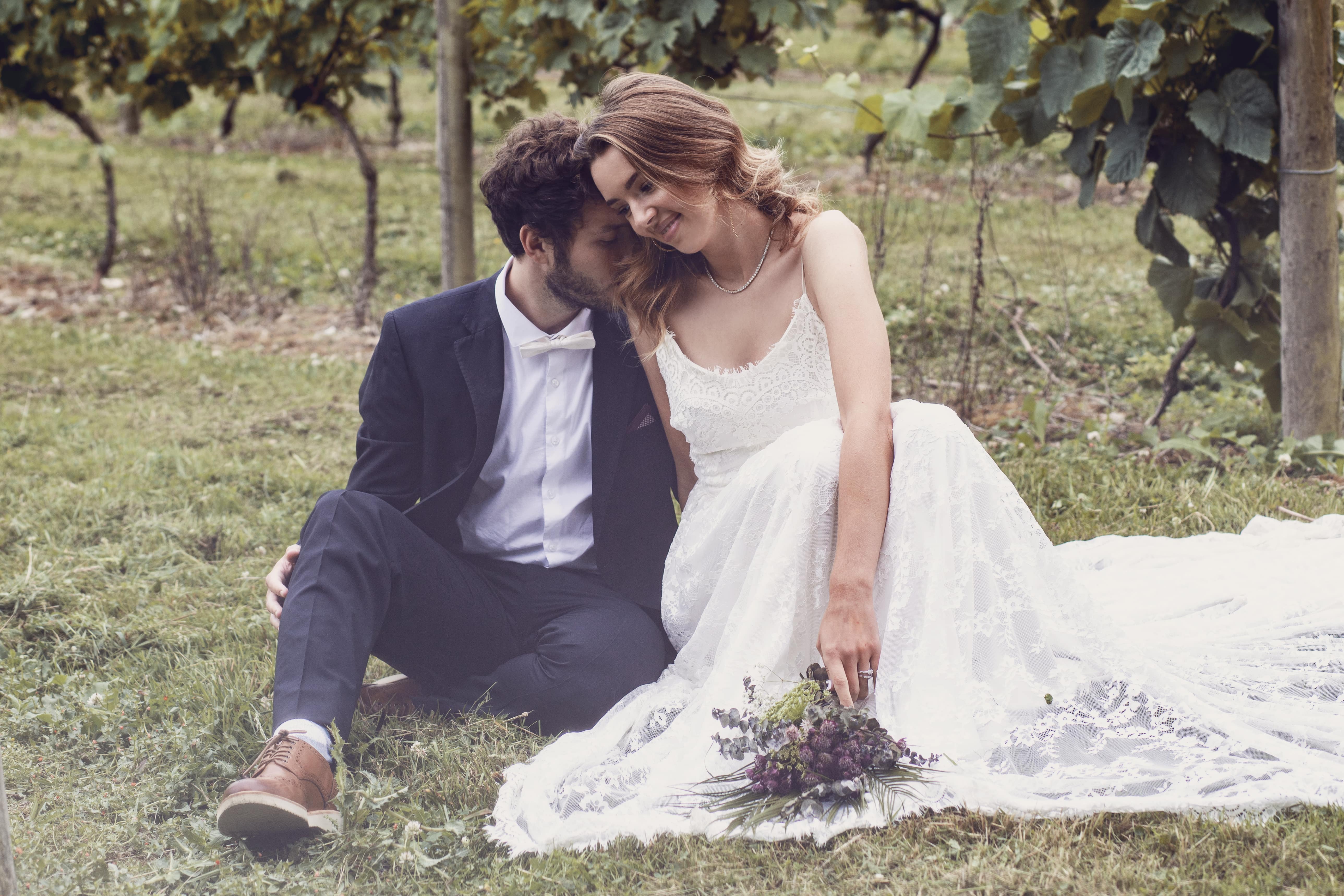
What is a micro wedding?
As the name suggests, a micro wedding is a small-scale affair with a very selective guest list. While the guest list is small, a micro wedding is usually anything but understated. After all, the less guests you have, the more you can spend per head! For this reason, micro weddings will often fall into the larger category of “luxe” weddings.
How big is a micro wedding?
While the figure is debated, the maximum upper limit that we’ve seen for micro weddings is 50 guests. However, in our opinion, that’s pushing it a little bit – we think a wedding stops being “micro” when you hit 30+ guests. Of course, in the context of COVID-19, your guest list will most likely be even smaller than that!
Why have a micro wedding?
As previously mentioned, fewer guests means that you can really splash out on the experience. It’s a fabulous way to treat your nearest and dearest and make it a truly luxurious experience for everyone involved. No need to skimp on the finer details – you’ll find that your budget will go a whole lot further when it comes to a micro wedding.
The feeling of intimacy that you can achieve at a small wedding is another huge incentive. You have more time to celebrate with each and every guest (and with your new husband/wife!). Overall, it often makes for a more relaxed and personalised experience.
Finally, circling back to the original point of this post, micro weddings have rapidly risen to popularity during COVID-19. While weddings may be permitted in the UK, the number of guests must be limited for safety reasons, therefore micro weddings make for a perfect solution!
Shift Weddings
As COVID-19 wedding trends go, this one is a little more unusual. However, many couples in the UK have found that it’s worked for them, and it’s set to become a key wedding trend during the pandemic.
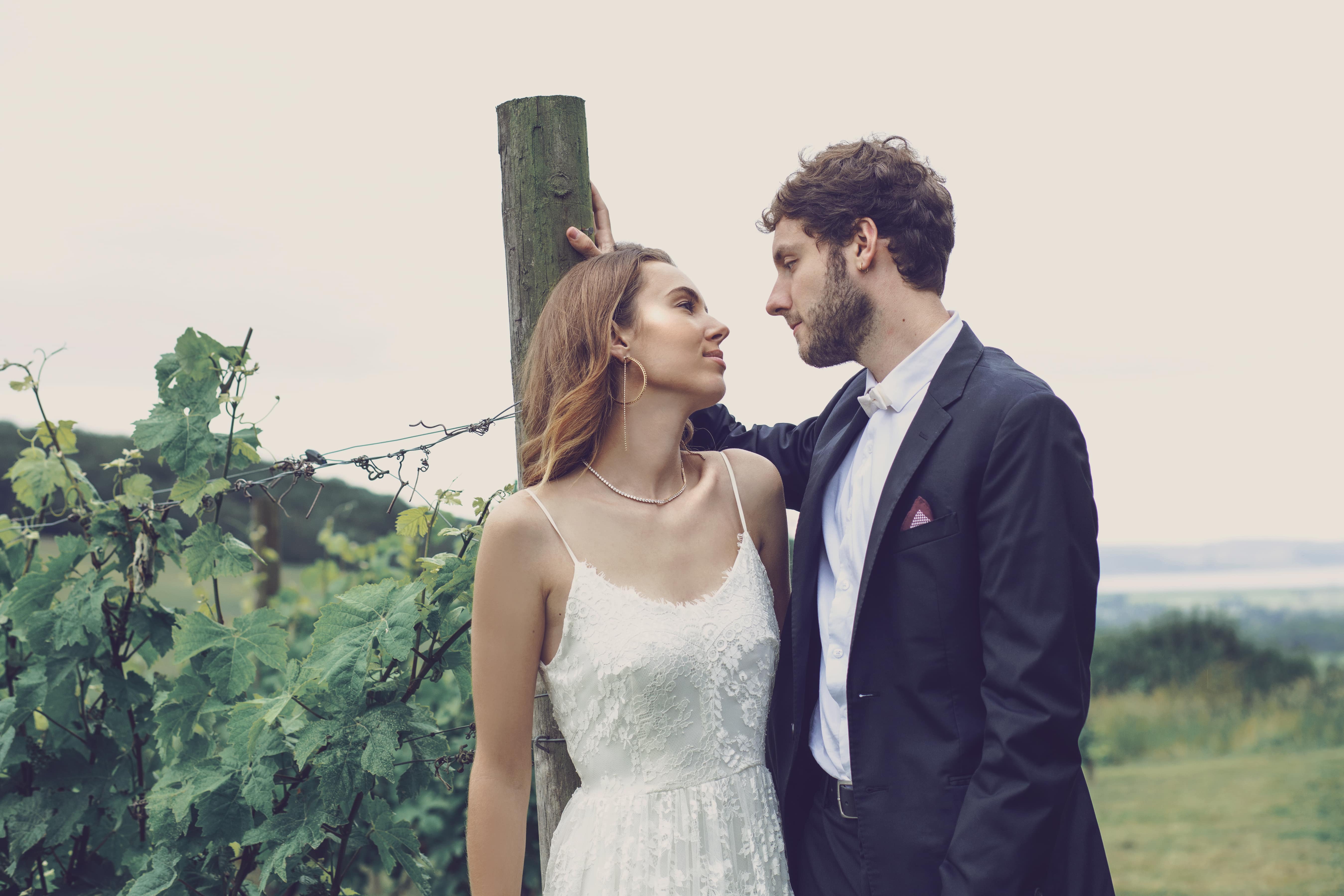
What is a shift wedding?
As the name suggests, guests are sorted into “shifts” and different groups attend the wedding at different times or for different events. For example, one group might attend the ceremony while the other is present for the reception.
In order to make the wedding as COVID-secure as possible, there are suitable gaps between “shifts” during which the venue is sanitised.
Why have a shift wedding?
While the concept might appear odd, it’s clear why shift weddings have risen to popularity during the pandemic.
Firstly, it allows you to adhere to the COVID-19 guest limit and social distancing guidelines at all times. Meanwhile you still get to see a good number of friends and family at different times throughout the day, as you don’t need to compromise as harshly on the guest list!
Furthermore, even as restrictions ease, you might find that many of your guests feel more comfortable in smaller groups while there is still a level of risk. Elderly/vulnerable guests can attend during the first “shift” – perhaps just for the ceremony – to keep them as safe as possible.
How to hold a shift wedding
Of course, this type of wedding does require an extra level of organisation. You’ll first have to decide on which guests will attend during which shift (you may want to get people’s opinions on this), and also consider how many shifts you’d like to have.
Be sensible and realistic about it – don’t expect people to turn up for a 15 minute slot and then leave again!
You’ll also need to leave an appropriate amount of time between shifts to allow for people arriving early/late and also for cleaning. Make sure to coordinate with the venue and staff about the timings so that everyone is on the same page.
Finally, you might need to put a little extra thought into your photography plans in order to make sure you get photos with all of your most important guests. That could mean planning multiple photo sessions throughout the day, so make sure you go over this thoroughly with your photographer beforehand.
Sequel Weddings
People often say that the sequel is never as good as the original, but when it comes to weddings, that just isn’t the case!
Although this concept has existed for a while now, in the past it was mainly a case of couples holding multiple ceremonies for cultural/religious reasons.
The term “sequel wedding” has now evolved quite dramatically, and the concept has sprung to the forefront as a major COVID-19 wedding trend.
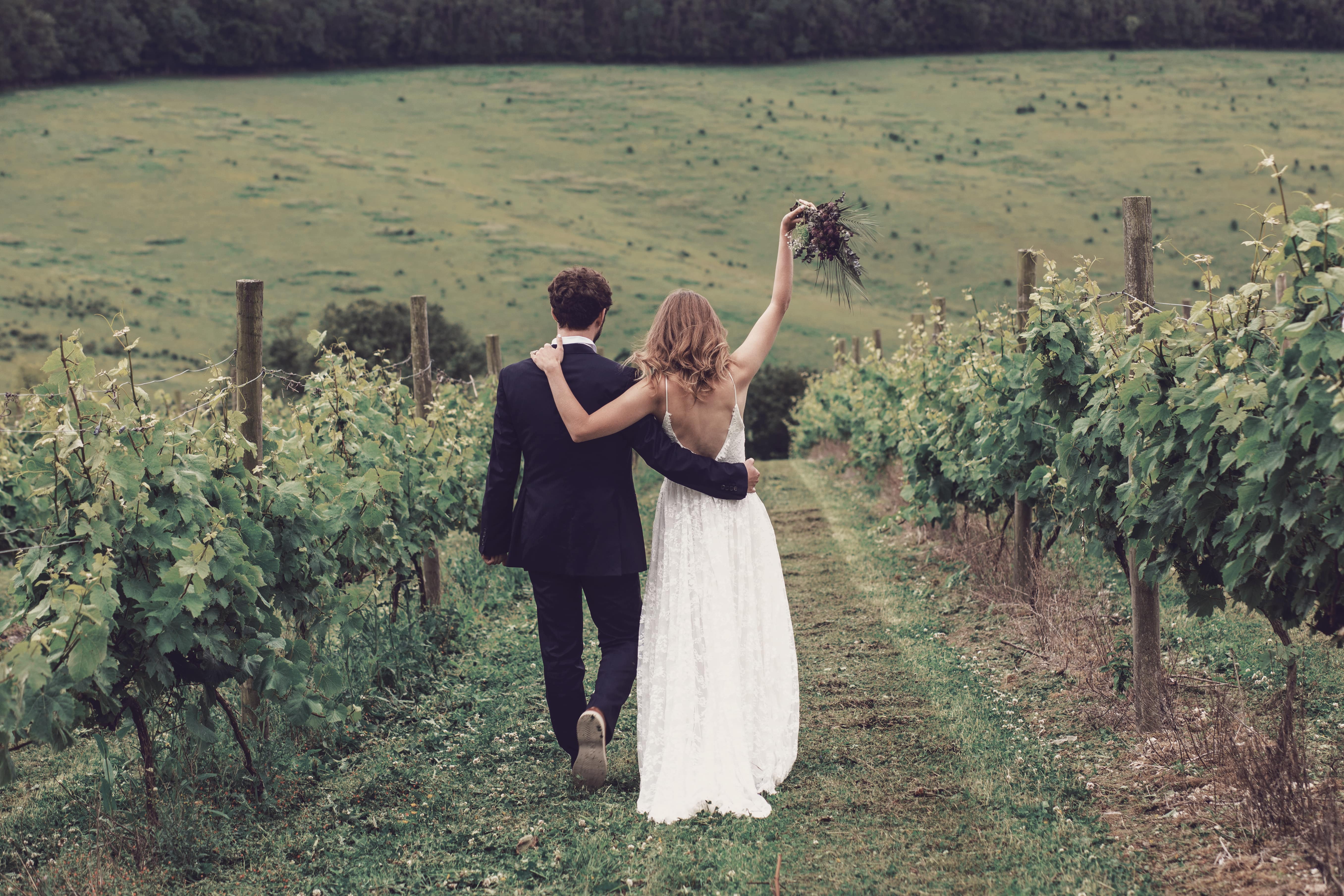
What is a sequel wedding?
A sequel wedding consists of two parts: a “minimony”, during which the legal marriage takes place, followed by a larger celebration at a later date (in this case, when the pandemic is over or restrictions have been eased/lifted completely).
The first ceremony is typically very intimate, usually involving your closest friends and family members. The “sequel” wedding is a much grander affair, with all of your original guests in attendance.
What is a minimony?
As the name suggests, a minimony is a very small and intimate event (usually 20 guests maximum). As well as a ceremony, it may also include a small reception which acts as a snapshot of your planned wedding.
In other words, you do everything you’d planned to do at your wedding but on a much smaller scale. The guest list is greatly reduced, you have a smaller venue, maybe even a smaller cake! It’s basically a mini wedding during which you can tie the knot and celebrate with your nearest and dearest.
What’s the difference between a micro wedding and a minimony? In the case of a micro wedding, you don’t intend on having a larger celebration at a later date. Meanwhile a minimony is generally held with the intention of having a bigger ceremony (the sequel wedding) once circumstances allow it.
Why have a sequel wedding?
As is the case with micro weddings, a sequel wedding is ideal if you can’t wait to get married. It might be that you have sick or elderly relatives, and you want to make sure that you can get married with them by your side; or it might simply be that the legal wedding is your priority, and you feel that the party can wait.
A minimony offers a COVID-secure wedding experience with the option of having a much more extravagant celebration at a later time. You don’t have to compromise on your guest list, as you will get the chance to invite everyone – just at a later date.
Can you get married then have a wedding later?
Yes, it’s perfectly fine to get married and have a wedding at a later date! Whether you need to wait a month or a year to hold your sequel wedding, all that matters is that you’ve legally tied the knot during the minimony.
What do you think: are these coronavirus wedding trends just a little too unconventional, or do you like the idea of a more intimate celebration such as a micro wedding? Are private wedding ceremonies the way to go for now, or is it worth waiting until the pandemic has passed? We’d love to know your thoughts in the survey below!
And remember… no matter how big or small your wedding ends up being, rings are one aspect that you won’t have to compromise on! Browse the full range of wedding rings at Joshua James, and make sure to check out the Wedding & Engagement section of our blog for more tips and advice on choosing your perfect set.

